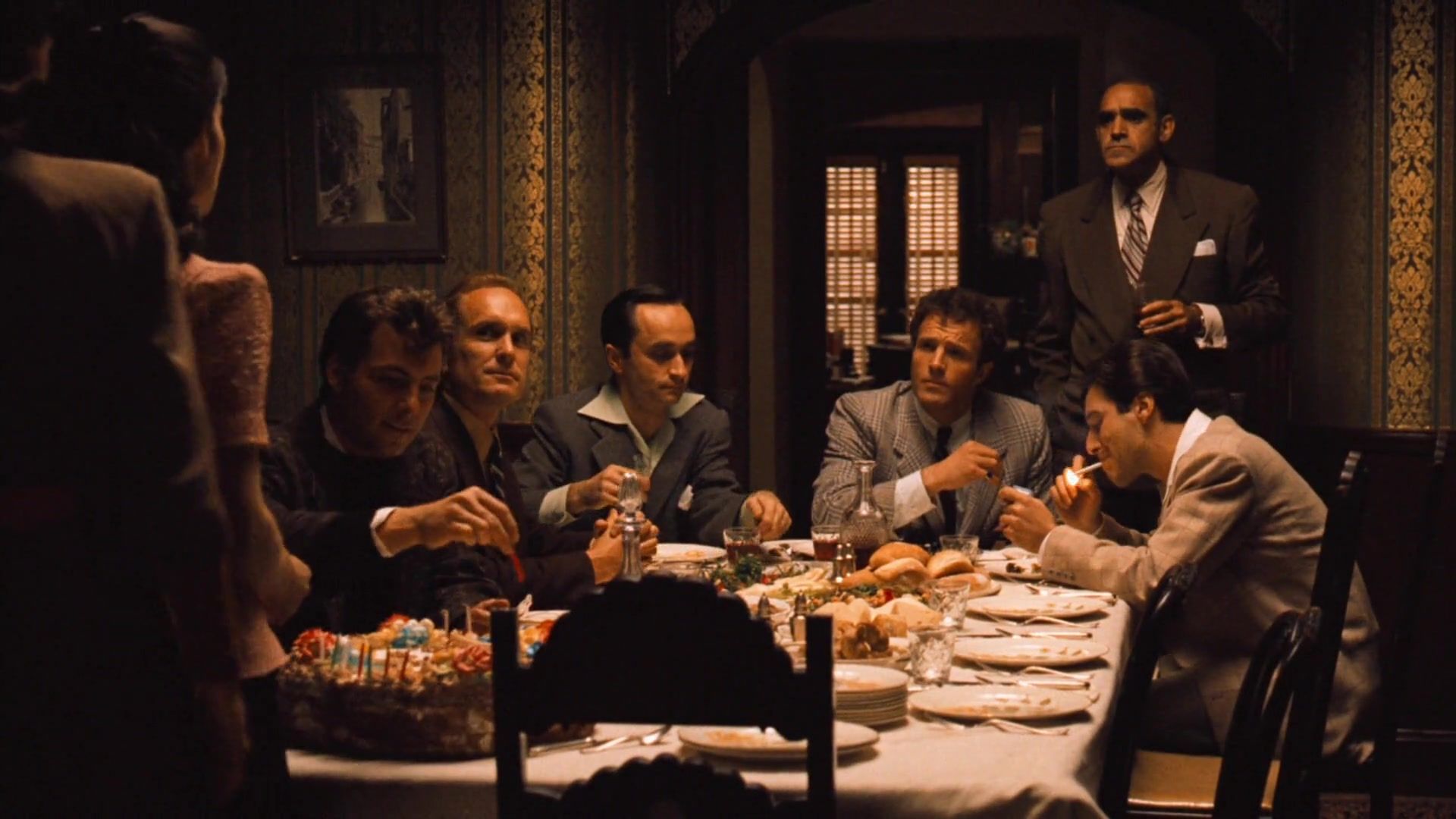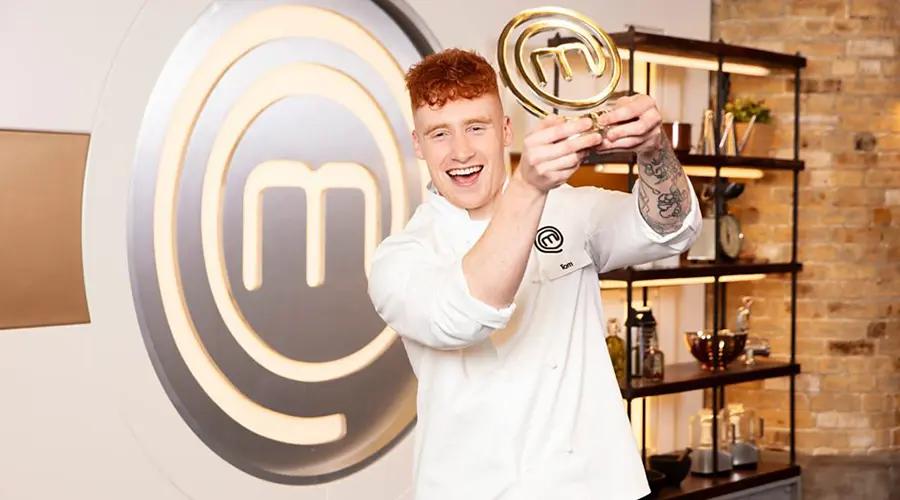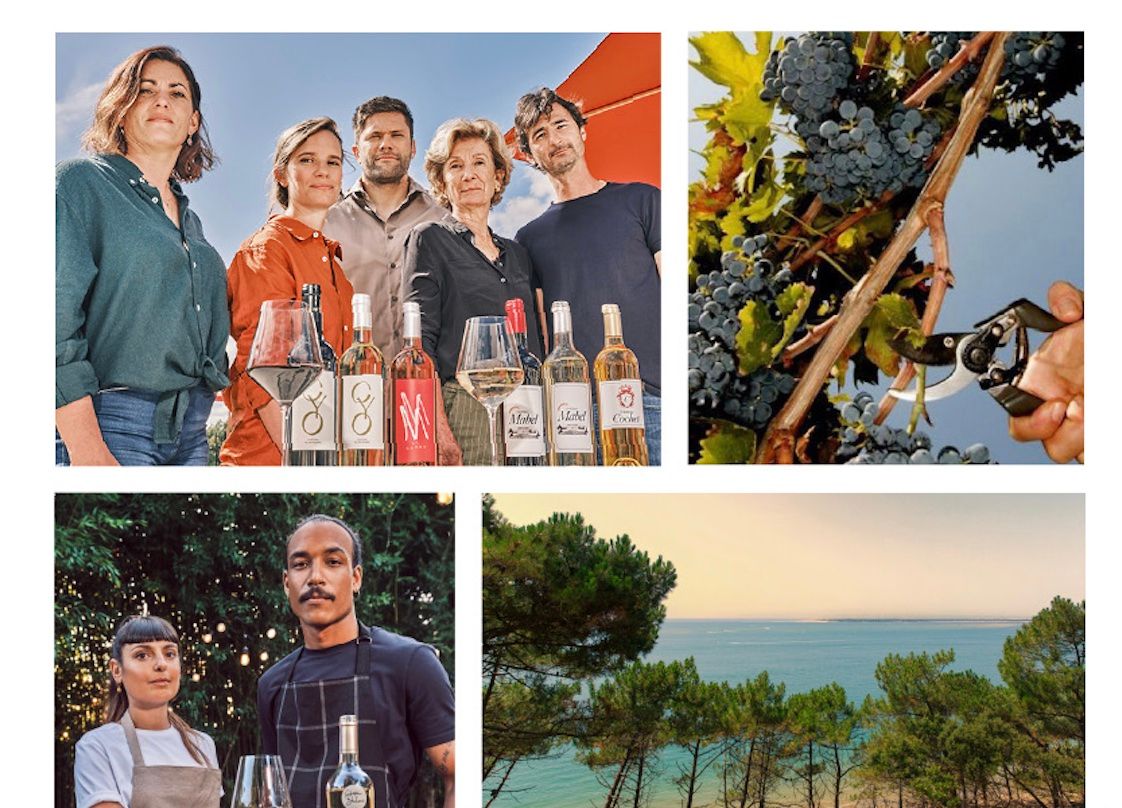“We don’t discuss business at the table.” Just one of the iconic lines that have helped The Godfather films reach out to all film goers, as it uses our love of family, food, drink and eating together as the back drop for so much of its hard hitting drama.
There are two ways to watch the trilogy of Godfather films, that are still seen as the benchmark for every gangster and mafia film that has followed. You can watch them for what they are. The story of the Corleone family and their life of crime, drama and murder played out over decades of some of the most epic story telling on the big screen.
Or you could regard them as being as much a celebration of eating, drinking, and how food and wine are integral to all our everyday lives. Albeit not as quite as corrupt, dangerous and eventful as the average week in the Corleone household.
In fact it’s a wonder the Corleone’s have time to get up to any mischief and wrongdoing at all considering the amount of time in all three movies they spend eating and drinking. There are the big family weddings, epic funerals, set piece dinners and lunches to get through. Not 10 minutes goes by without someone being served up a bowl of spaghetti. Whether they get chance to eat it or not is another matter.
The long opening sequence in the Godfather for Connie Corleone’s wedding(played by director, Francis Ford Coppola’s sister, Talia Shire) sets the mood for the film that is to come as it is played out against a backdrop of an enormous feast of trays of lasagne, antipasta and an enormous white wedding cake, but most of all a happy, joyous family occasion.
All part of the family
Throughout the three films there are long family dinners, and lunches both in New York and Sicily that carefully look to present the Corleone’s just like any big family. Like here in Godfather 2 when Robert de Niro, playing Don Vito, travels back to Sicily with his young family to visit the Corleone’s ancestral home.
Some of the film’s most vital and memorable scenes are all played out around food and wine. Probably the most dramatic and important comes in the first Godfather (1972) film when Michael Corleone goes out to kill a rival mob boss, Virgin “The Turk” Sollozzo, and the corrupt police chief, Captain McCluskey, that had plotted to have his father killed in a shooting in the heart of Little Italy. To do so involves a set up meeting in an Italian restaurant where a gun has been planted in the toilets for Michael to go and retrieve at the appropriate moment.
But rather than make his move straight away, he waits as we watch this beautifully crafted scene crank up the tension. We hear McCluskey and Sollozzo talk about the food (“try the veal, it’s the best in the city) and we have to watch patiently as a wine bottle is slowly, noisily opened, before the nervous waiter pours the wine into their glasses, one of which Sollozzo noticeably hands to Michael, signalling the time for their real conversation to start.
Even then it is not until during the main course that Michael decides to make the hit, excusing himself to go to the toilet to get the hidden gun. The bloody shooting results in police chief McCluskey being shot in the throat and head before crashing into the remains of his perfectly cooked veal.
This whole sequence is preceded by another meal. This time it’s open boxes of Chinese food as Michael waits anxiously for where the “meeting” with Sollozzo is to take place as he sits with his brother Sonny (James Caan), the family’s Consigliere (Robert Duvall) and assorted henchmen.
‘Gentle’ touch
Food is also used to soften the brutality of some of the murders. When one of the Corleone’s bodyguard, Clemenza, is asked to kill “Paulie” a perceived weak link in the “family” he takes a fellow henchman with him. When the deed is done Clemenza turns to his accomplice and says: “Leave the gun. Take the cannoli.”
Even the original attack on Marlon Brando involved him being gunned down whilst he was picking out oranges from a fruit stall in the heart of New York’s Little Italy.
“Mr Corleone likes receiving bad news immediately”
Then there is the fiercely sinister dining scene between the Godfather’s Consigliere, Tom Hagen, with big Hollywood producer, Jack Wolz where Hagen is told in no uncertain terms why his client, movie star and signer, Johnny Fontane, is not going to get a part in a potential blockbuster movie. Whilst Wolz gets up from the table, beautifully set with crystal glasses full of wine, and gets increasingly animated, Hagen calmly carries on eating and sipping his wine.
Before on being told to “get out”, he slowly gets to his feet politely saying: “Thank you for the dinner and a very pleasant evening. If your could take me to the airport. Mr Corleone is a man who insists on hearing bad news immediately.” And we all know what fate awaits Mr Wolz. At least for one of his prize race horses anyway – we’ll spare you that scene.
He sleeps with the fishes
Then there are the scenes and lines that have entered movie folklore. Like poor old Corleone henchman, Luca Brasi, who we know has been killed by a rival mafia family when a package full of fish is sent to Sonny Corleone’s house. The “Sicilian message” is clear. “Luca Brasi. He sleeps with the fishes”.
Or Sonny Corleone (James Caan) turning to the wife beating husband of his sister, Connie, as they are all sitting down to dinner dismissing his claims to be more involved in the family with the words: “We don’t discuss business at the table”.
How to make a meat sauce
But food and wine are not just there as decoration for the latest murder. They’re part of their lives. Take the scene from the first Godfather when “Fat” henchman, Clemenza, teaches Michael Corleone how to cook a Sunday sauce: “Come over here, kid, learn something. You never know, you might have to cook for 20 guys some day. You see, you start out with a little bit of oil. Then you fry some garlic. Then you throw in some tomatoes, tomato paste, you fry it; you make sure it doesn’t stick. You get it to a boil; you shove in all your sausage and your meatballs. And a little bit of wine. And a little bit of sugar, and that’s my trick.”
More poignant still is the flashback scene in Godfather Part 2 (1974) when Michael is recalling the time he first told his brothers, Sonny and Freddo, sister, Connie, and Consigliere, Robert Duvall, that he was going to join the army. All told over a beautifully lit family meal with kids playing around in the background.
Or the great bonding scene where Don Corleone, still convalescing after his failed murder attack,and his son Michael are discussing family affairs over a bottle of wine. As the camera gently moves around the two the main Godfather theme music quietly builds from the background. A great father and son moment – albeit discussing how they might all avoid getting killed.
A cunning plan
Now all this wasn’t just coincidence. Director, Francis Ford Coppola, recognised the importance of creating a family atmosphere on set, and worked hard with the actors to ensure they too were comfortable with each other and the scenes they were acting out.
Before he started filming The Godfather, he assembled the cast at a big table, with Marlon Brando at the head of it and the other stars, including Robert Duvall, James Caan and Al Pacino, around it. They all talked and got to know each other over a lavish meal. He even had his sister, Talia Shire who plays Connie in the film, to do the serving. ‘They were going to be a family in the movie so they had to learn to behave like a family, and have the kind of memories of special occasions, the eating and drinking and interacting, that members of a family would retain,” said Coppola. explained. “For me food is the best way for people to connect,” he added. ‘They can relate on a sensual level.”
So when Marlon Brando finally pops his clogs, it’s not in a dramatic shoot out, but quietly at home in the garden with his family, playing with his grandson. As he messes around trying to scare him by putting orange peel in his mouth, he is struck down by a heart attack that leaves him sprawled out amongst his tomato plants.
Now for a hard hitting mafia movie, you can’t get more poignant than that.


































